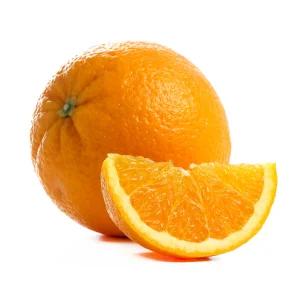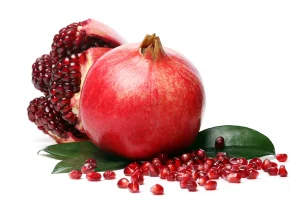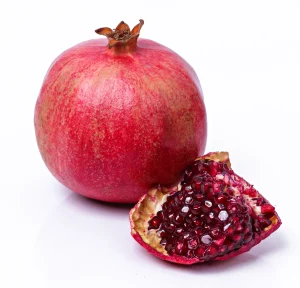Iranian fruit is the best fruit in the world
In the heartland of the Middle East lies a treasure trove of fruits that reflect the rich cultural heritage and diverse landscapes of Iran. Renowned for their unparalleled taste and nutritional benefits, Iran fruits hold a special place in the culinary world. From the sun-kissed orchards of Shiraz to the lush valleys of Gilan, each region contributes its unique bounty to the country’s agricultural wealth.
Iran fruits encompass a wide array of varieties, each imbued with its distinct flavor profile and culinary versatility. Pomegranates, with their ruby-red arils bursting with sweet-tart juiciness, are hailed as the jewel of Persian fruits, symbolizing fertility and prosperity. Likewise, the succulent figs, grown in abundance across the country, offer a delightful blend of honeyed sweetness and subtle earthiness.
Which fruit is famous in Iran?
 In the rich tapestry of Iran’s fruit offerings, oranges and pomegranates emerge as two of the most beloved and iconic varieties. These fruits, with their vibrant colors and exquisite flavors, hold a special place in Iranian culture, cuisine, and traditions.
In the rich tapestry of Iran’s fruit offerings, oranges and pomegranates emerge as two of the most beloved and iconic varieties. These fruits, with their vibrant colors and exquisite flavors, hold a special place in Iranian culture, cuisine, and traditions.
Oranges, known as “porteghal” in Persian, thrive in the sun-drenched orchards of southern Iran, particularly in provinces such as Hormozgan and Fars. Bursting with tangy sweetness, Iranian oranges are prized for their juiciness and refreshing taste, making them a staple in households across the country.
Pomegranates, or “anar” in Persian, are equally cherished and revered in Iran. Cultivated in various regions, from the arid plains of Yazd to the verdant valleys of Gilan, these ruby-red fruits symbolize abundance, fertility, and prosperity. Whether enjoyed fresh or juiced, pomegranates

feature prominently in Iranian cuisine, adding a burst of color and flavor to salads,
stews, and desserts.Both oranges and pomegranates play significant roles in Iranian traditions and
rituals. During Nowruz, the Persian New Year celebration, families display a haft-seen table adorned with seven symbolic items, one of which
is pomegranates, representing fertility and rebirth. Similarly, oranges are often exchanged as gifts during Yalda Night, the winter solstice
festival, symbolizing warmth, vitality, and the hope of a new beginning.
 What is Persia national fruit?
What is Persia national fruit?
Throughout history, pomegranates have adorned Persian gardens and landscapes, their ruby-red arils serving as a testament to fertility, abundance, and prosperity. Embedded in Persian mythology and literature, this iconic fruit is celebrated for its beauty and symbolism, evoking themes of love, renewal, and eternal life.
In addition to its cultural prominence, the pomegranate holds a special place in Iranian cuisine, where it is featured in an array of dishes, from savory stews to refreshing beverages. Fresh pomegranate juice, known as “robb-e anar,” is a popular and invigorating beverage enjoyed across Iran, particularly during hot summer days.
Furthermore, pomegranates play a central role in Iranian festivities and rituals, notably during Nowruz, the Persian New Year celebration. Families gather around the haft-seen table, adorned with seven symbolic items representing blessings for the new year, one of which is the pomegranate, symbolizing fertility and the promise of a fruitful year ahead.
Beyond its cultural and culinary significance, the pomegranate offers a plethora of health benefits. Rich in antioxidants, vitamins, and minerals, this superfruit is believed to support heart health, boost immunity, and promote overall well-being.
In conclusion, the pomegranate stands as a proud emblem of Iran’s rich cultural heritage, embodying the spirit of resilience, vitality, and abundance. As the national fruit of Persia, it continues to captivate hearts and palates worldwide, leaving an indelible mark on Iranian identity and tradition.




